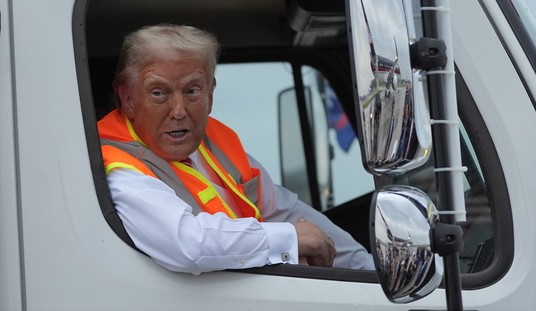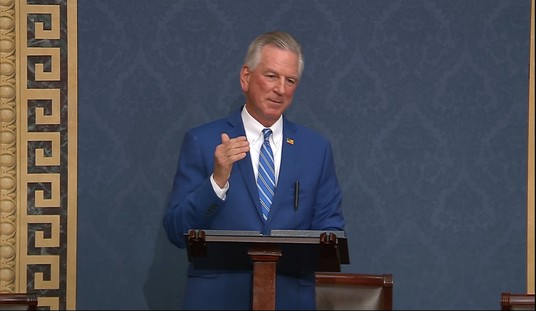Before We Get Started
Before anything else, I owe you clarity about where I stand. I have lived my entire life as a Catholic, and years of study turned me into a capable apologist who defended the Church in conversations with skeptics who preferred caricature over nuance.
My faith shaped every chapter of my life.
It's against this background that writing this column carries weight for me. Critiquing the Church feels personal, yet loyalty can't mean blindness. I believe the truth strengthens faith, not weakens it. When I talk about the failures of priests and bishops and contrast that history with the far larger world of abuse outside religious walls, I do so carrying the same obligations I carry into Mass: speak honestly without fear or favoritism.
With this acknowledgement, we can examine both realities at the same time: the Church's moral collapse in handling abuse, and the national crisis that dwarfs it.
Acknowledging Institutional Failure
Any accurate accounting of the Church's issues must include its failures. Clergy who should've protected children instead exploited them. Bishops should've acted decisively; too often, they protected the institution.
Jesus founded the Church on the rock, that is, Peter. Man turned the Church into predictable failings.
The U.S. Conference of Catholic Bishops commissioned John Jay College of Criminal Justice to study the problem. What they found was disturbing, to say the least.
The commission discovered 10,667 allegations against 4,392 clergy between 1950 and 2002, roughly 4% of the priests who served during those decades. Of those cases, 1,021 were reported to the police, 384 were criminally charged, 252 were convicted, and 100 were given prison sentences. The data showed a peak during the 1970s (a few years following Vatican II), followed by a steady decline.
These numbers aren't abstract; they represent shattered lives, broken trust, and immeasurable pain. The numbers also demonstrate two different failures: abuse by clergy, and systemic reluctance by both church officials and civil authorities to pursue predators with the urgency victims deserved.
When we acknowledge the truth, we honor the survivors, which also clarifies the broader discussion. While the Church created a devastating scandal, the clergy were never responsible for the vast majority of child abuse in America.
It's a distinction that matters if we care about protecting children instead of settling scores.
A Crisis Bigger Than Any Single Institution
Now, the conversation widens. In 2022, child-protection agencies identified 558,899 victims of abuse or neglect nationwide. The CDC describes child abuse as a major public-health emergency with consequences lasting a lifetime.
The National Sexual Violence Resource Center estimates that one in four girls and one in thirteen boys will experience sexual abuse before adulthood. The Rape Abuse & Incest National Network (RAINN) notes that every nine minutes, a child is sexually assaulted in the United States.
The Church's tragedy becomes part of a much larger national catastrophe when placed beside those numbers. Abuse doesn't orbit around a single institution; it threads through American life: homes, schools, youth sports, foster programs, online spaces, and countless informal settings where adults hold authority and children trust instinctively.
It's this uncomfortable truth that news cycles rarely touch. The Church's failures were real and massive, but they were never representative of the whole crisis.
Where Abuse Usually Happens and Who The Offenders are
If you were to ask most Americans who harms children, many would answer a stranger or a priest. Yet decades of research tell a different story.
The Office of Juvenile Justice and Delinquency Prevention notes that 70% to 90% of offenders are known to their victims, and that more than 90% of perpetrators are family members, caregivers, neighbors, coaches, teachers, or adults who've earned their victims' trust over time. RAINN's data confirms that only 7% of child sexual abuse involves strangers.
Predators use a strategy of access and familiarity, which churches provide both — which is why predators infiltrate them.
But the same access is also provided by schools, sports programs, and youth organizations. It's why USA Gymnastics collapsed under an avalanche of evidence involving Larry Nassar; why Scouting America faced more than 82,000 allegations and a multibillion-dollar settlement; why public school systems routinely uncover cases of educators who resign quietly and then reappear in new districts.
Predators don't care about theology; they only care about opportunity.
How Catholic Clergy Became the Face of the Story
Why did the Catholic Church become the cultural symbol of child abuse? The answer lies in a collision of institutional symbolism, media incentives, and timing.
The Boston Globe's 2002 investigation exposed a pattern of cover-ups in Boston, a revelation that ignited a global media firestorm. A hierarchical church claiming moral authority presented a clear storyline: hypocrisy, secrecy, wounded innocence, and institutional power — ingredients that every reporter covets for their stories.
The effect shows up in polling: Nearly half of Americans still believe abuse is more common among Catholic clergy than other religious leaders, despite not having any data to support that perception. This is the unrivaled power of narrative perception.
Meanwhile, there are thousands of decentralized cases in homes, schools, and sports programs that never form a consistent storyline, appearing in scattered local reports and then vanishing.
The Church's crisis had coherence, scale, betrayal, and symbolism; everything else? Just fragmentation.
What Selective Outrage Does To Public Understanding
Selective outrage creates a warped map of danger: Parents fearing only the clergy may overlook warning signs far closer to home. Journalists concentrating on a single institution may fail to investigate equally serious failures elsewhere.
We end up with a national conversation that feels morally satisfying but strategically ineffective. While we shout about priests, the stepfathers with unchecked access, a teacher moving from district to district, or the online predator who finds children faster than the law can find him — these are the disconnected offenders who escape scrutiny.
Outrage doesn't become a strategy, but accuracy does.
Final Thoughts
From one Christian to others inside and outside the Church: the most complex stories to write are those that touch inside your home. The Church must continue to confront its sins and protect its flock without hesitation, because survivors deserve justice, transparency, and lasting reform.
Integrity, however, demands the acknowledgement of a larger truth: The Church's failures were a stain on its history, yet clergy were not — and are not — the primary drivers of child abuse in America. Our children face far greater danger from known adults in ordinary settings than from religious figures wearing collars.
Protecting our children requires honesty unshaped by narrative convenience, which means confronting abuse no matter where it hides, without privileging one storyline over the safety of the young.
Moral clarity requires equal scrutiny, not familiar villains. Our children deserve it.










Join the conversation as a VIP Member